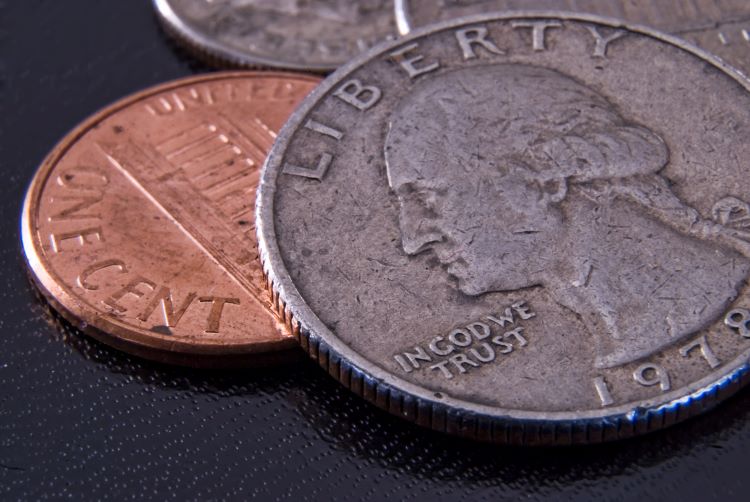On 19 March 2022, Prof Travis Ng was invited to Pui Ching Middle School to deliver a lecture on the topic of “Evolution of Money”. Due to another outbreak of COVID-19 in Hong Kong, the lecture was held virtually on ZOOM. There were about 35 students attended the class.
While it is taken for granted that money exists in our everyday life as a medium to facilitate trade, it takes a few thousand years for money to evolve to its current form. Prof Travis Ng firstly explained the functions of money, the importance of pricing system, and how the existence of money induces trade with lesser transaction cost where more win-win deals can be achieved.
Since the ancient society where human beings started to live in groups, the need of exchanging commodities prompted the birth of money (in different forms) to facilitate trade. As preference on goods and services differ among people, trade serves as a tool to reallocate resources that makes everyone better off. Money in trade is like a bridge that brings about more win-win deals by connecting potential trading partners and reducing transaction costs.
With a commonly accepted medium of exchange, a rather full-fledged pricing system emerged to indicate collective evaluation of goods and services in terms of money, which greatly reduced the information cost in a transaction. By virtue of the mature pricing system and convenience of trade, specialization arose that bred division of labour and different kinds of occupations in a society.
After shedding light on the importance of money, Prof Ng illustrated the evolution path of money over time, from barter system, commodity money, coinage, banknotes and bank liabilities. Each of the said forms of money has its advantages that prompt the birth of the very form and drawbacks that lead to the substitution of the incumbent form with the next. To help the students better understand the concepts, Prof Ng taught the pros and cons of different forms of money through theoretical explanations and historical stories, complemented by several Q&A sessions throughout the course of the lecture.


